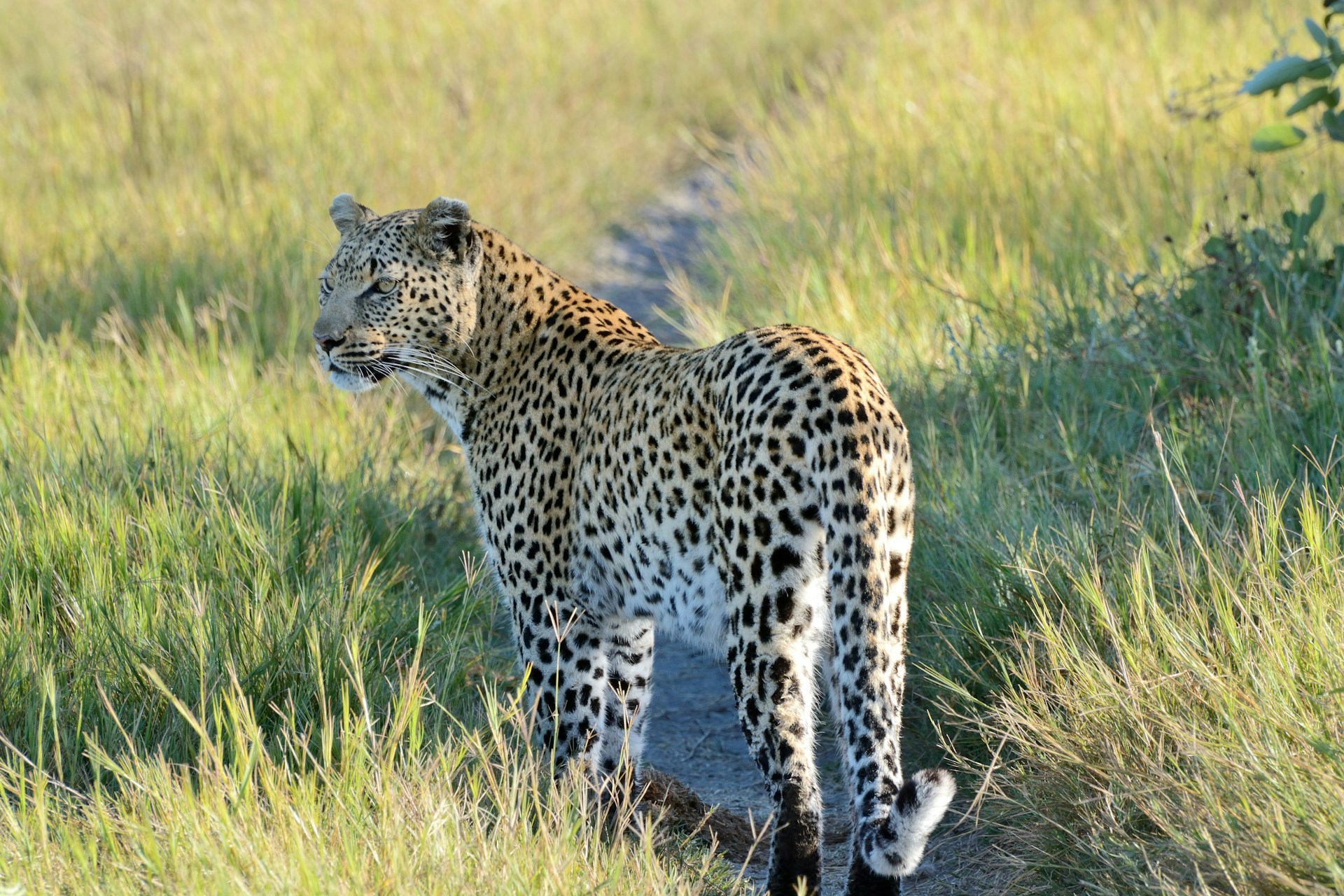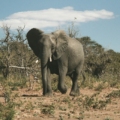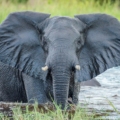Chobe National Park is one of Botswana’s premier wildlife destinations, renowned for its diverse ecosystems, abundant wildlife, and spectacular scenery. Here’s a detailed overview of this iconic national park:
Location and Size
Chobe National Park is situated in northern Botswana, near the town of Kasane. It covers an area of approximately 11,700 square kilometers (4,500 square miles), making it the third-largest national park in Botswana. The park is part of the larger Okavango Delta and Chobe River system, which sustains an incredible array of flora and fauna.
Key Features:
1. Chobe River: The park is named after the majestic Chobe River, which forms its northern boundary. The river serves as a vital water source for wildlife, particularly during the dry season when large herds of animals congregate along its banks to drink, offering fantastic game viewing opportunities.
2. Wildlife: Chobe National Park is renowned for its impressive concentrations of wildlife, especially elephants. It is estimated that the park is home to one of the largest elephant populations in Africa, with tens of thousands of individuals roaming its plains and woodlands. Other commonly sighted species include lions, leopards, buffaloes, giraffes, zebras, hippos, crocodiles, and various antelope species.
3. Savannah and Woodland Habitats: The park encompasses a diverse range of habitats, including lush floodplains, dense woodlands, and expansive grasslands. These habitats support a rich variety of plant and animal life, contributing to the park’s ecological significance and biodiversity.
4. Safari Activities: Visitors to Chobe National Park can enjoy a range of safari activities, including game drives, boat cruises, and guided walking safaris. Game drives offer the opportunity to explore the park’s vast landscapes and encounter wildlife up close, while boat cruises along the Chobe River provide a unique perspective and excellent birdwatching opportunities.
5. Birdlife: Chobe National Park is a paradise for bird enthusiasts, boasting over 450 bird species. The park’s diverse habitats attract a wide variety of birds, including waterbirds, raptors, and numerous migratory species. Some of the park’s avian highlights include African fish eagles, kingfishers, herons, storks, and the iconic African skimmers.
Best Time to Visit
The best time to visit Chobe National Park largely depends on your interests and preferences:
– Dry Season (May to October): The dry season is considered the prime time for wildlife viewing, as vegetation thins out, and animals congregate around water sources, including the Chobe River. This period offers excellent opportunities to see large herds of elephants, as well as predators such as lions and leopards.
– Wet Season (November to April): The wet season brings lush greenery and dramatic landscapes to Chobe National Park, as well as an influx of migratory birds. While wildlife viewing can be more challenging due to denser vegetation, the park is transformed into a paradise for birdwatchers, with countless species in full breeding plumage. Boat cruises along the Chobe River are particularly rewarding during this time, offering close encounters with waterbirds and hippos.
Overall, Chobe National Park is a must-visit destination for wildlife enthusiasts and nature lovers, offering unparalleled safari experiences amidst some of Africa’s most pristine wilderness areas.





